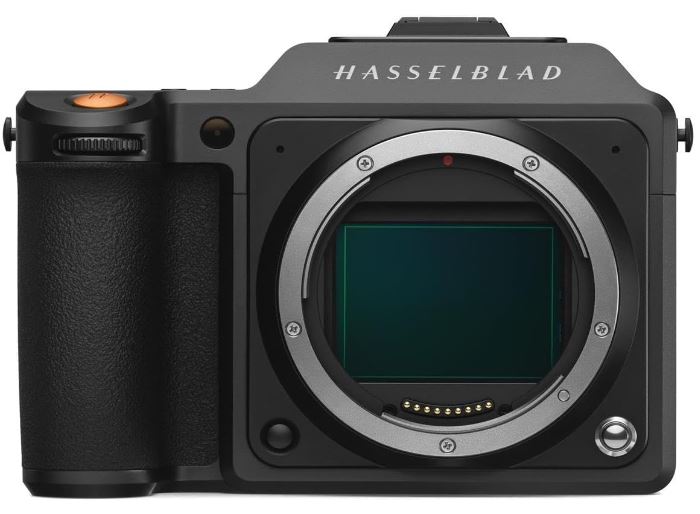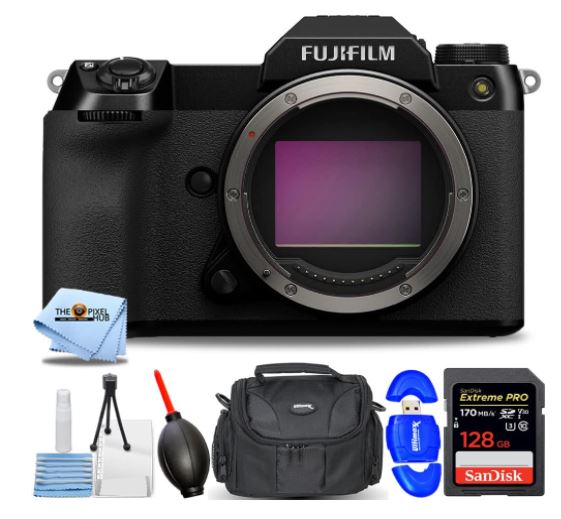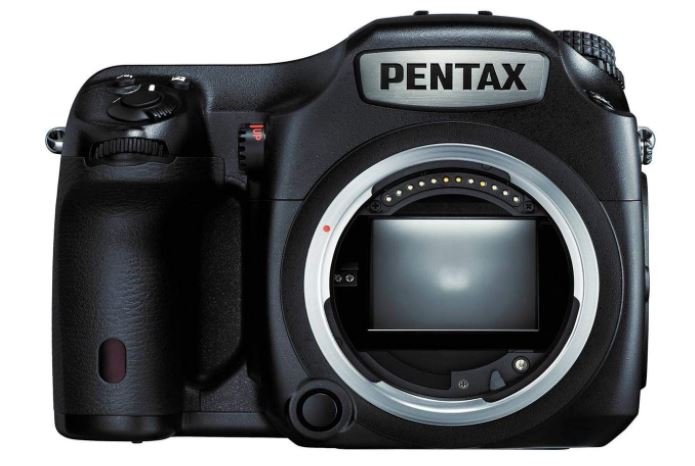Medium format cameras have long been revered for their exceptional image quality and detail, making them a favorite among professional photographers. This article delves into real-world performance through comprehensive field tests, examining how these cameras stack up in various scenarios.
From landscape photography to portrait sessions, discover the strengths and weaknesses of medium format systems to determine if they fit your photographic needs.
Keep Reading: transition dslr medium format
Medium Format Camera Field Tests By Experts
| Image | Product | Price |
|
Our Pick
1

|
Hassel X1D |
|
|
2

|
Fujifilm GFX |
|
|
3

|
Pentax 6457 |
Filed Test Review by Thomas Heaton
How Does Medium Format Differ from Full-Frame and Crop Sensors?
The primary difference lies in sensor size: full-frame sensors measure approximately 36×24 mm while crop sensors (APS-C) are smaller at about 22×15 mm. Medium format offers superior image quality due to its larger surface area, resulting in better low-light performance and shallower depth-of-field effects.
Field Test: Landscape Photography
When it comes to landscape photography, medium format cameras truly shine. The larger sensor captures incredible detail, providing rich colors and fine textures in every shot. In real-world field tests, medium format cameras outperform full-frame systems in dynamic range and tonal depth, making them ideal for capturing wide, detailed scenes like mountain ranges or seascapes.
Photographers using medium format notice a noise reduction even when shooting in low light, which is crucial for early morning or late evening shots.
However, larger file sizes and slower operation can be drawbacks for photographers who need to shoot quickly. While landscape photography often allows time for deliberate, composed shots, photographers working in fast-changing environments may find the slower pace a limitation.
Field Test: Portrait Photography
Portrait photographers are drawn to medium format cameras for their ability to produce stunning, high-resolution images with shallow depth of field. The larger sensor size creates a more pleasing bokeh, isolating the subject from the background in a way that full-frame or crop sensor cameras often struggle to achieve. Skin tones and textures look more lifelike, and the higher resolution allows for larger prints without any loss of detail.
In real-world use, photographers report that medium format systems excel in studio settings where lighting is controlled, and the slower focus speed isn’t an issue. For on-location portrait sessions, the heavier weight and bulk of these cameras might make them less convenient to use compared to smaller full-frame options.
Field Test: Action and Sports Photography
Medium format cameras are not traditionally favored for action photography. Their slower burst rates and autofocus performance lag behind dedicated sports cameras, which are designed to track fast-moving subjects.
In field tests involving sports or wildlife, photographers find that medium format systems struggle to keep up with the rapid pace, leading to missed shots or slower response times.
However, for certain controlled action scenes, such as fashion photography or staged performances, medium format still delivers top-tier image quality. In these cases, the priority is not speed but the overall aesthetic and resolution.
Field Test: Street and Documentary Photography
For street photography, medium format cameras may seem out of place due to their size and weight. Photographers who prioritize discretion and mobility will find these systems cumbersome. However, in documentary photography, where image quality and storytelling are paramount, medium format cameras can produce visually stunning results.
In field tests, documentary photographers appreciate the ability to capture intricate details in scenes that tell a broader story. The rich tonal range and subtle color shifts elevate the final images, making them more immersive and impactful.
Low-Light Performance
Thanks to the larger sensor size, medium format cameras perform exceptionally well in low-light situations. Photographers testing these systems in dimly lit environments, such as nighttime cityscapes or indoor events, report impressive results with minimal noise and excellent shadow detail. The larger pixels on the sensor allow more light to be captured, making medium format systems a top choice for photographers working in challenging lighting conditions.
Weighing the Pros and Cons of Medium Format Cameras
While medium format cameras deliver unparalleled image quality, they are not without their drawbacks. The bulk, cost, and slower performance make them less versatile in certain genres, such as sports or street photography. However, for photographers prioritizing resolution, dynamic range, and depth of field control, medium format systems stand out as an unmatched tool in their arsenal.
Conclusion: Is Medium Format Right for You?
If image quality is your top priority and you can work around the slower handling and higher price point, medium format cameras are an excellent choice. They excel in controlled environments like landscape, portrait, and documentary photography, where the larger sensor can truly shine. However, for photographers who require speed, portability, and versatility, full-frame systems may still be the better option.
In the end, the decision comes down to your specific photographic needs and style. Medium format cameras offer a unique look and unmatched quality, making them a powerful tool in the hands of the right photographer.

